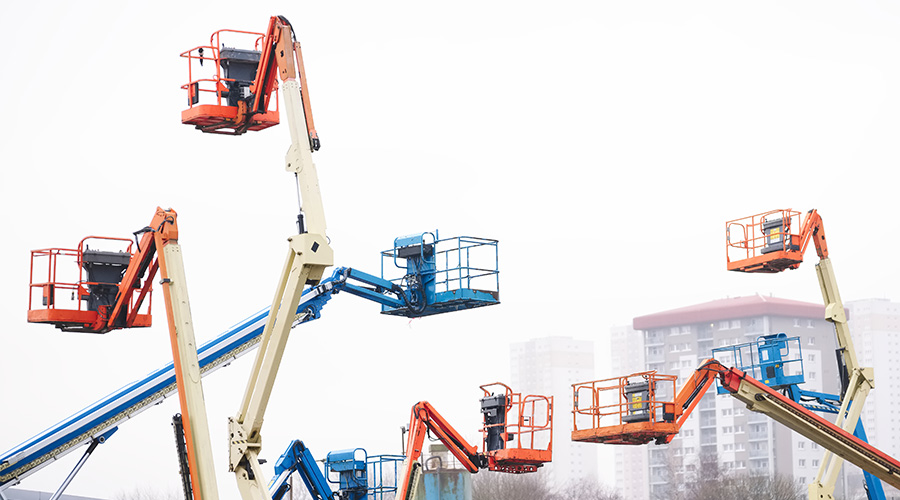 Technology advances make new-generation lifts potentially the safest ever built, but proper use requires that only trained, experienced, certified users operate the equipment to take full advantage of the safety features.
Technology advances make new-generation lifts potentially the safest ever built, but proper use requires that only trained, experienced, certified users operate the equipment to take full advantage of the safety features.Technology Advances Improve Lift Safety
As technology advances increase the safety features of a lift, users still require proper training in order to use the lift correctly.
New technology
Technology advances make new-generation lifts potentially the safest ever built. But the advances only offer potential because knowledgeable, proper use still requires that only trained, experienced, certified users operate the equipment to take full advantage of the safety controls available.
Newer lifts include both work-platform guardrails and restraint points for personal fall protection. They also feature non-conductive material to prevent electrical mishaps. Extendable counterweights increase the reach and height at which users can operate the lifts without the risk of tipping.
Tilt sensors provide warnings and stop operation when operators exceed safe conditions on irregular, sloping terrain, and they prevent operation beyond safe conditions. Emergency-stop buttons are located at both the platform or bucket and the base.
Automatic self-checking instruments are available. For example, a voltmeter checks for sufficient power to complete a lift, provides a warning if there is not sufficient power, and stops operation.
A manual-lowering control at the base enables operators to lower the unit in the event of a power or control failure. The units also feature redundant controls at the platform and base in case the operator on the platform becomes unable to control lateral, vertical, rotational, or ground movement, or perform platform or basket auto-leveling functions. Lockouts prevent theft and operation by unauthorized users.
Since falls are high on the list of lift safety concerns, manufacturers have continued to make improvements to personal fall protection equipment. This equipment is sold separately from the lift. Renters and sellers offer the latest fall protection equipment, and standard-setting associations state that the renters and sellers need to have available both the equipment and information about proper use. But it is the responsibility of managers to ensure operators receive training in the proper inspection and safe use fall protection equipment.
Spotlight on people
To make staffing and training decisions involving tasks that require lifts, planners can use three sources: routine work orders, projects, and annual preventive maintenance job plans. They sort these jobs by grouping tasks according to the types of skills, as well as the needed lift equipment.
If the department needs two different types of lift equipment for four weeks each throughout the year, the department can train one person as the equipment operator for both types of equipment and give other assignments during the remaining weeks of the year. Some managers prefer to have more than one person trained as a backup in case of overlapping needs. Training updates are recommended after periods of not operating lift equipment.
In addition to assessing workers’ skills related to operating lifts, related staffing issues include identifying the required supervision, planning, and technician skills. The typical organization ratio is one supervisor to 15 technicians and one planner to 30 technicians. The core maintenance work group would consist of a planner, two supervisors, and 30 technicians with the appropriate equipment operation and maintenance training and experience.
Related Topics:















